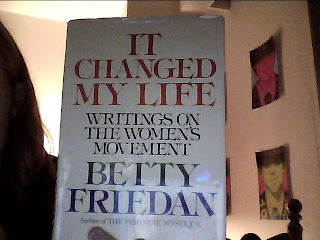Books: Good in Bed
and Certain Girls
Author: Jennifer Weiner
Published 2001 and 2008 (Washington Square Press)
Pages: 375 and 384
I want Jennifer Weiner to give herself good material to back
up her excellent arguments about the state of literature. She’s such an
articulate defender of “Hey, guys? You know, how about we don’t worry about
calling stuff ‘chick lit’ and just have fiction for everybody?” on her website
and in her interviews and press.
But honestly? Her novels are her own worst enemies in that argument.
They try hard for substance with a light touch, like when
her protagonist Candice Shapiro learns that her ex-boyfriend Bruce wrote a
column in a national magazine about loving a larger woman. Which would be
Cannie. Awesome premise, ridiculous enough to be authentically funny but still
recognized as mortifying and a good start on a journey of self-discovery.
Not a good premise: having the premature baby from the end
of Good in Bed grow up into a teenager with health issues who wanders aimlessly
through reading her mom’s old scandalous book and wondering about her
biological dad and halfway thinking about planning her bat mitzvah and tracking
down her long-lost grandpa. And then – spoiler alert – her stepdad dies. DIES.
DROPS DEAD OF A HEART ATTACK WITH NO FUCKING HINT.
I turned the next few pages of Certain Girls looking for the
joke or the awakening from the nightmare, but NO. That actually HAPPENS.
A bigger problem than that truly random plot twist, though,
is that the protagonist in each novel is not nearly as persecuted as she
declares herself to be. For every one person who does her wrong (Bruce), she’s
got friends and a supportive family and a dog and even strangers to reassure
her that she’s awesome and will get through this.
I love Cannie as a person, though. Not really as a
character, because for all the stuff she goes through she doesn’t really
change, but if she were real I feel like I’d want to eat fatty food and talk
about pop culture and boys and help her try to get her dog to answer to a
different name and compare writing ambitions with her.
That’s why I kept reading these books, and that’s why they
ended up disappointing me. Donate. Sigh.


